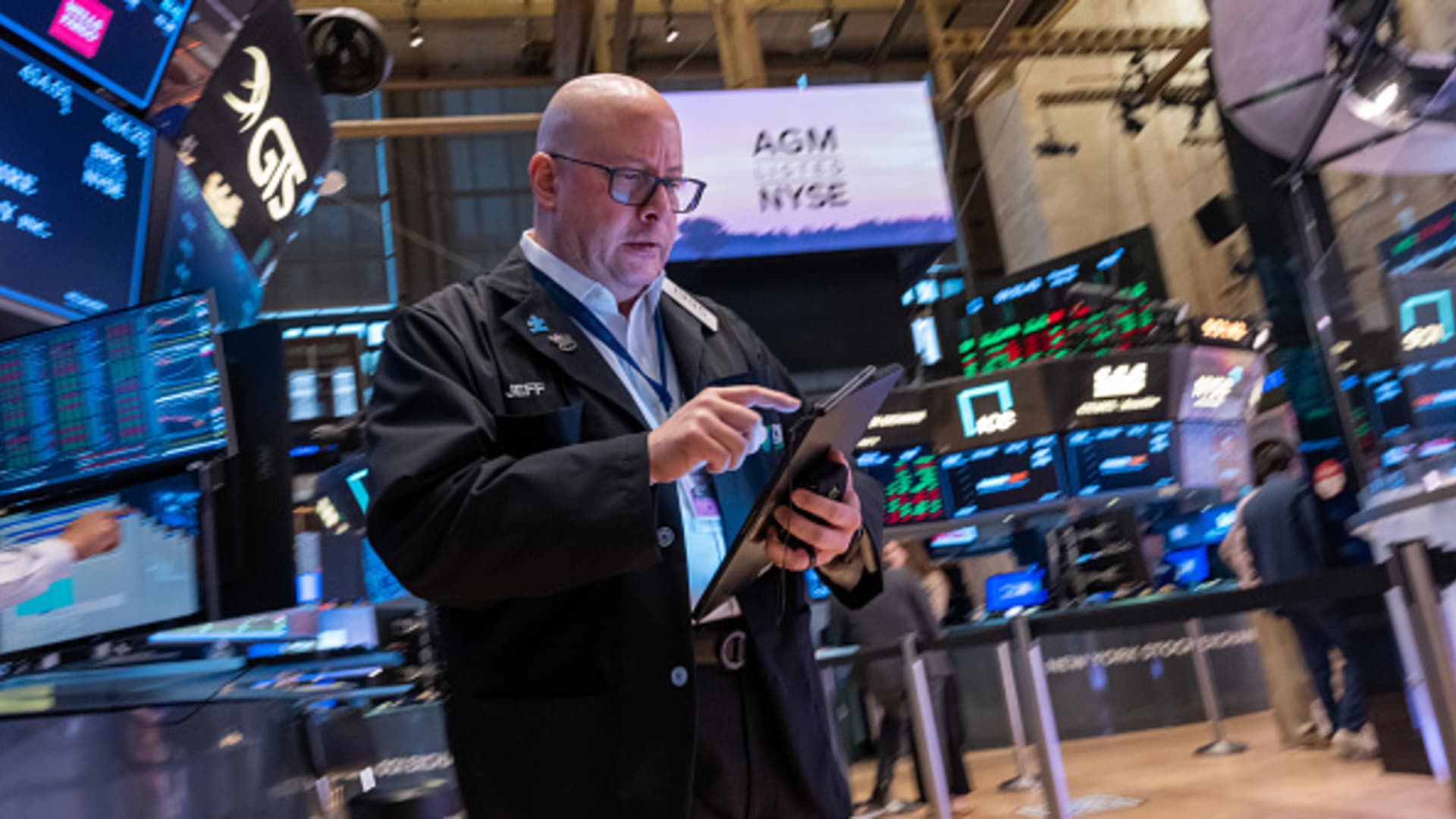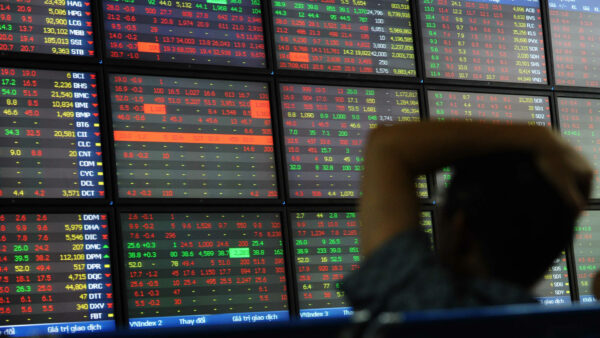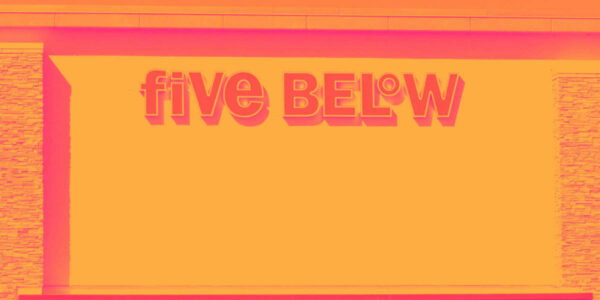S&P 500 may be going through a ‘false breakout,’ so get defensive into June,

Traders should think about acting defensively with the potential that the S & P 500 is only on a temporary tear and will face more seasonal weakness soon, according to BTIG. Jonathan Krinsky, the firm’s chief market technician, said there’s a chance the S & P 500 is in a “false breakout,” especially if the broad index dips below the April high of 5,260. From there, he said investors should be defensive and look to whether the index holds the 5,180 to 5,200 range. The S & P 500 closed Friday at 5,277.51 after closing below the 5,260 level on Thursday. “Regardless, a more defensive posture looks right as we head into the seasonally weak month of June,” Krinsky told clients in a Sunday note. Defensive positioning is important, Krinsky said, given that the S & P 500 failed to hold above the 5,260 level before Friday’s end-of-month advance. “The longer it stays below it, the more likely it becomes a false breakout,” he said. Krinsky said the current bull market is “unprecedented,” with less than three-fourths of Russell 3000 stocks trading above their respective 200-day moving averages. Market wisdom suggests that a stock trading above that average signals that it’s in an uptrend, so fewer shares above their 200-DMA can bode poorly. This is the second longest period in a bull market with such a low percentage of stocks above their 200-DMAs going back to 1995, per Krinsky. And it’s “by far the longest” for a market that’s scoring records, he said. Ultimately, Krinsky said this is all related to the concern that the number of strong stocks in the market needs to broaden out, and must do so before the current market leaders “succumb” to selling. That deterioration may have begun last week, with software stocks struggling while New York Stock Exchange breadth was positive near the end of the week. Krinsky also highlighted that June is the second-worst-performing month for the S & P 500 on average over the past 15 years, with a typical loss of around 0.7%. That adds further justification for getting more defensive, he said.
This article was originally published by a www.cnbc.com
Read it HERE







